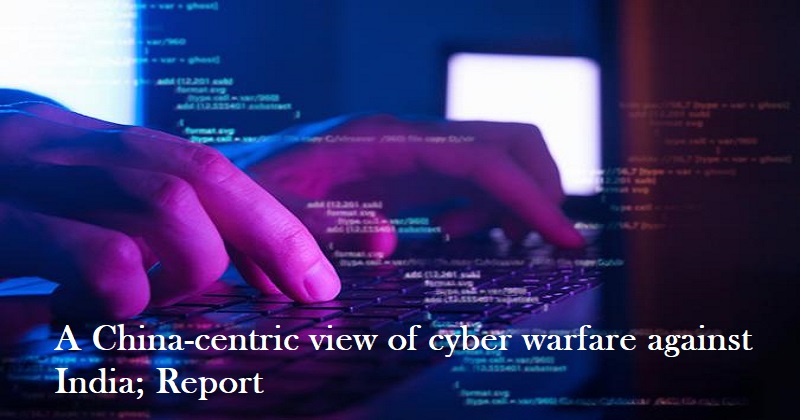
India’s June 2020 ban on 54 Chinese applications, followed by more prohibitions in August 2020 and February 2022, proves that India cannot remain a spectator and downplay the threat. This is set against the backdrop of China’s regional imperialistic plans. Information warfare (IW) has undergone a paradigm change as a result of the Internet which views information as both a target and a weapon for clandestine operations.
Amid the ongoing Sino-US power struggle for supremacy as the most powerful nation on the planet, China’s technological and technical growth in cyberspace has worldwide repercussions. Information warfare is becoming a crucial component of China’s economic and military strategic planning. Various aspects of electronic warfare and network-centric warfare are included in the Chinese IW strategy.
China has built up a sizable worldwide digital infrastructure that makes it easier for them to govern and monitor all social media sites. With the equivalent of more than 500 official accounts, over 300 Chinese diplomats maintain a presence on social media sites like Twitter and Facebook. These diplomats are located in 120 different locations across the world. Compared to 1,158,208 events in 2020, India saw 1,402,809 cyber security incidents in 2021, according to the Indian Computer Emergency Response Team (CERT-In).
Following the fighting between China and India in Galwan, there were over 40,000 cyberattacks with the intention of collecting private data. On the India-China border, a Sukhoi Su-30 fighter plane belonging to India crashed in May 2017. A cyber-attack that occurred while the jet was in the air was the cause of the disaster, according to an inquiry by the Indian Air Force. China’s covert plan to disparage Indian efforts and Covid pandemic is an example of Chinese IW against India.
The Chinese threat actor organisation ‘Stone Panda,’ which is connected to Guangzhou-based Ministry of State Security (MSS) firms, is responsible for these attacks, according to India’s IT ministry. Chinese hackers targeted sectors where there had been changes in Indian import, export, and manufacturing rules as well as other policy frameworks that were based on Chinese objectives.
The Indian government established the National Critical Information Infrastructure Protection Centre (NCIIPC) to prevent future information security breaches. Chinese hackers seized a number of files from the DRDO systems in 2013 and sent them to a server there. Chinese cyber operations also targeted other public sector organisations, such as the Indian Space Research Organization, BSNL, and the health, consumer, and financial sectors.
India has urged the UN to establish standards for ethical state behaviour online. In India, a lack of governmental oversight is the main cause of the country’s susceptibility to cyberattacks. China, on the other hand, has total control over information flow. India must strike the right balance in this situation between preserving democratic values and maintaining national security.

Post Your Comments